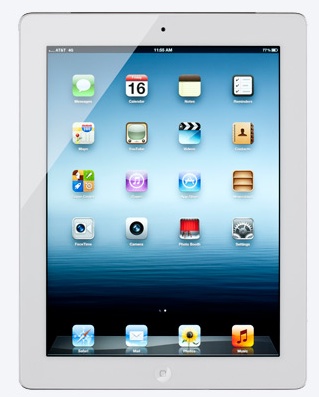New data from Parks Associates (www.parksassociates.com) shows that smartphones and tablets are expanding their role in video second-screen experiences, with 22% of U.S. broadband consumers checking or updating their social network on a smartphone or tablet while watching TV.
The research group reports instances of mobile activities while watching TV increases significantly among Millennials, where consumers 18-34 are 70% more likely than other age groups to look up TV listings via a mobile device.
“The mobile device is the implied peripheral in the second-screen concept, but increasingly it is the first screen consumers look at during a video-viewing experience,” says Brett Sappington, director, research, Parks Associates. “The growth of OTT (over-the-top) services, pay-TV initiatives such as TV Everywhere, and increases in mobile apps have all contributed to this shift. Eighteen percent of U.S. homes with a smartphone or tablet use an app from their pay-TV provider to check TV listings, program their DVR, or watch TV programming.”
“It’s crucial to integrate the processes as much as possible. Users are already using devices for a variety of purposes in parallel with regular broadcasting but still pick up the remote for TV access,” adds Kostadin Jordanov, CEO, iMediaShare, a consulting firm that helped with the resport. “The touch-screen interface of mobile devices provides a much more intuitive user experience for content discovery than traditional forms. Mobile devices thus need to become native to discovery and control of the TV viewing experience.”
Apps from content owners such as USA Network and Nickelodeon, along with OTT services from providers like Netflix, Hulu, and Amazon, have driven the rapid increase in mobile usage. Parks Associates finds most of this mobile viewing occurs in the home – 60% for the mobile phone and 70% for the tablet — indicating consumers will engage in blended usage scenarios, with the TV as the preferred screen for viewing, while they use mobile devices for content discovery and selection.
“The Shazam app is a good example of blended use,” Sappington says. “During the 2013 Super Bowl, the app recognized the audio from the broadcast and provided game statistics, team information, and a Twitter feed related to the game. Moving forward, mobile devices will play a larger role within the consumer’s TV viewing, initiating the experience with personalized options and suggestions, and an intelligent interface that transitions seamlessly from in-home to on-the-go viewing.”

